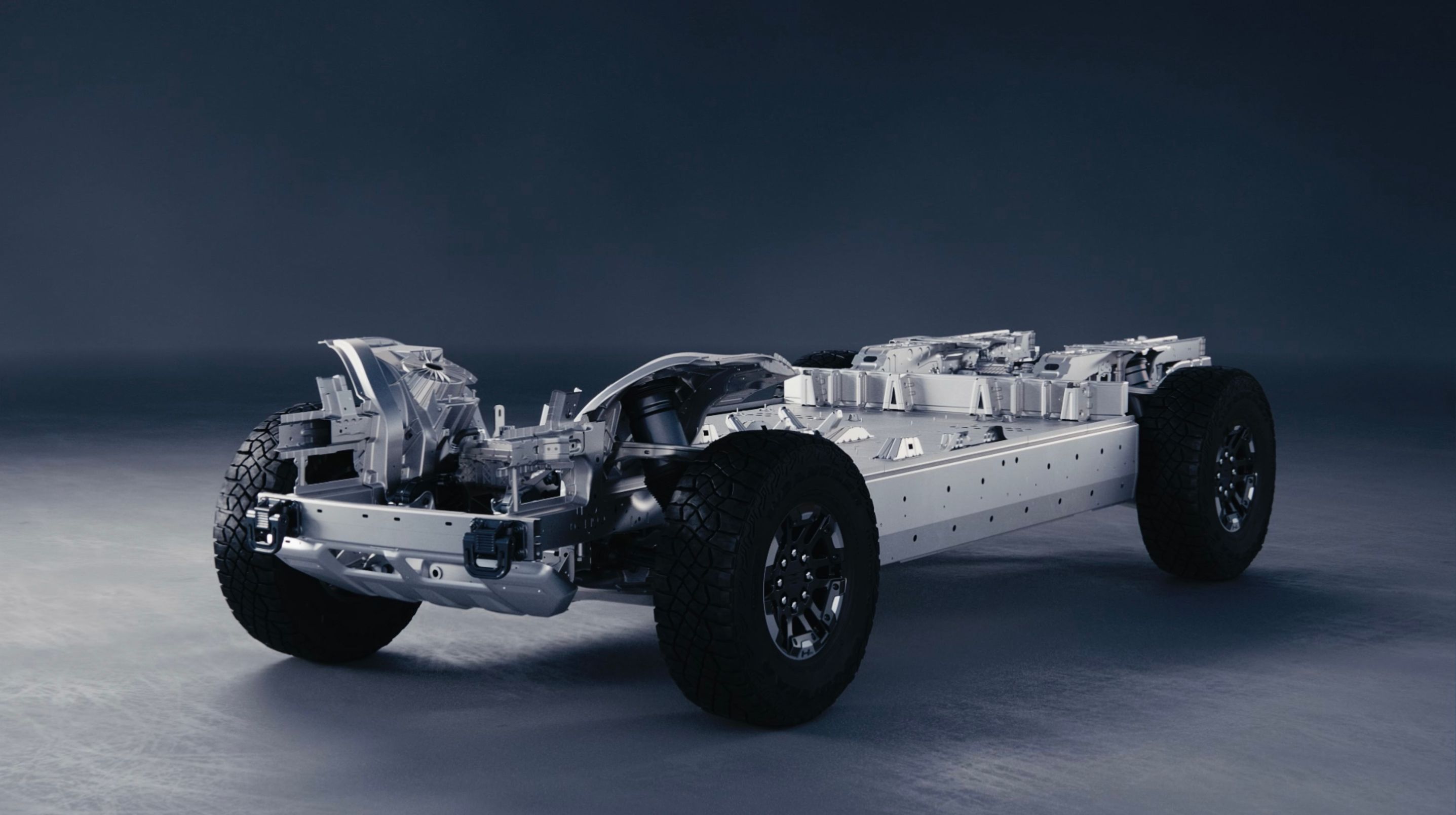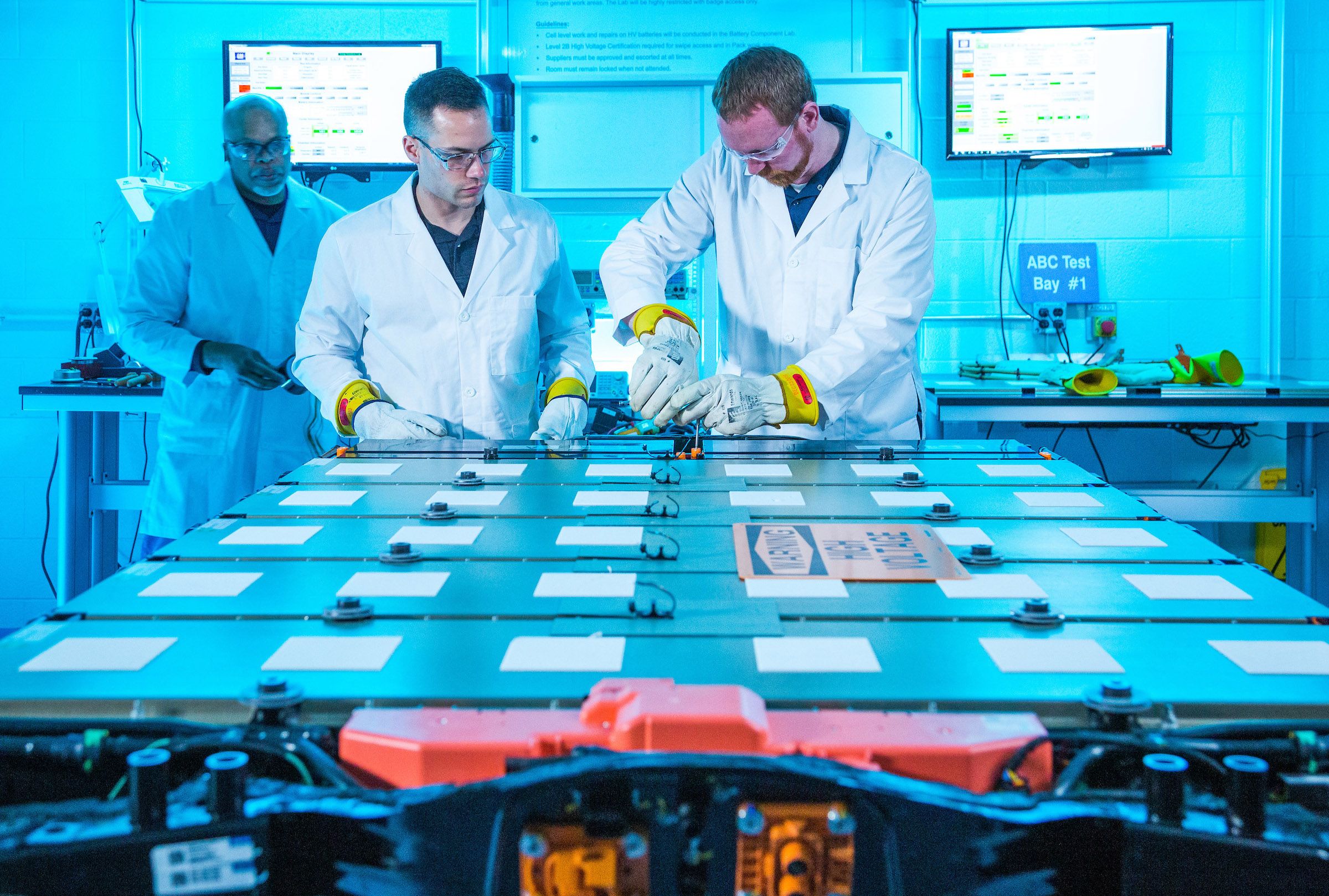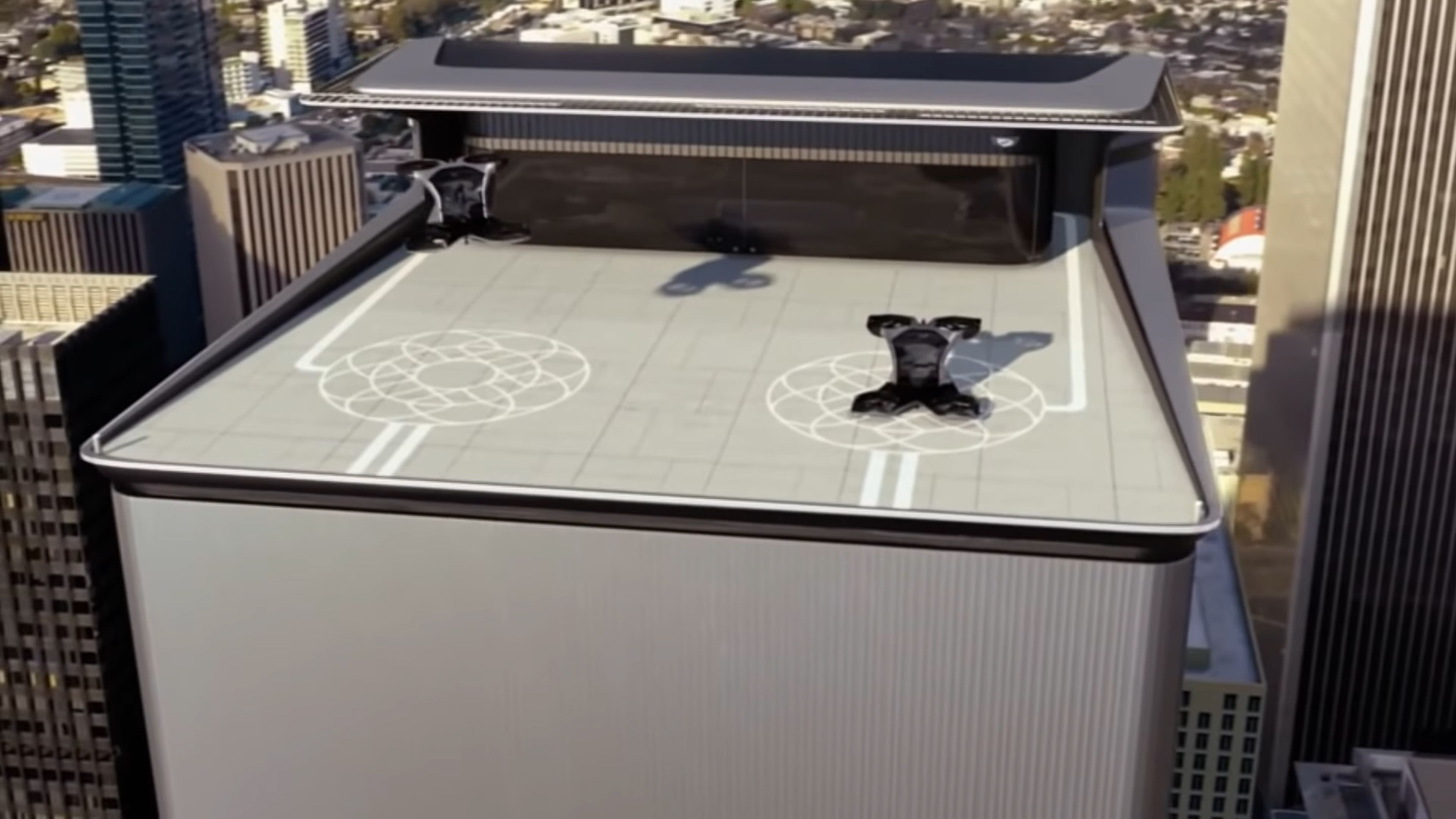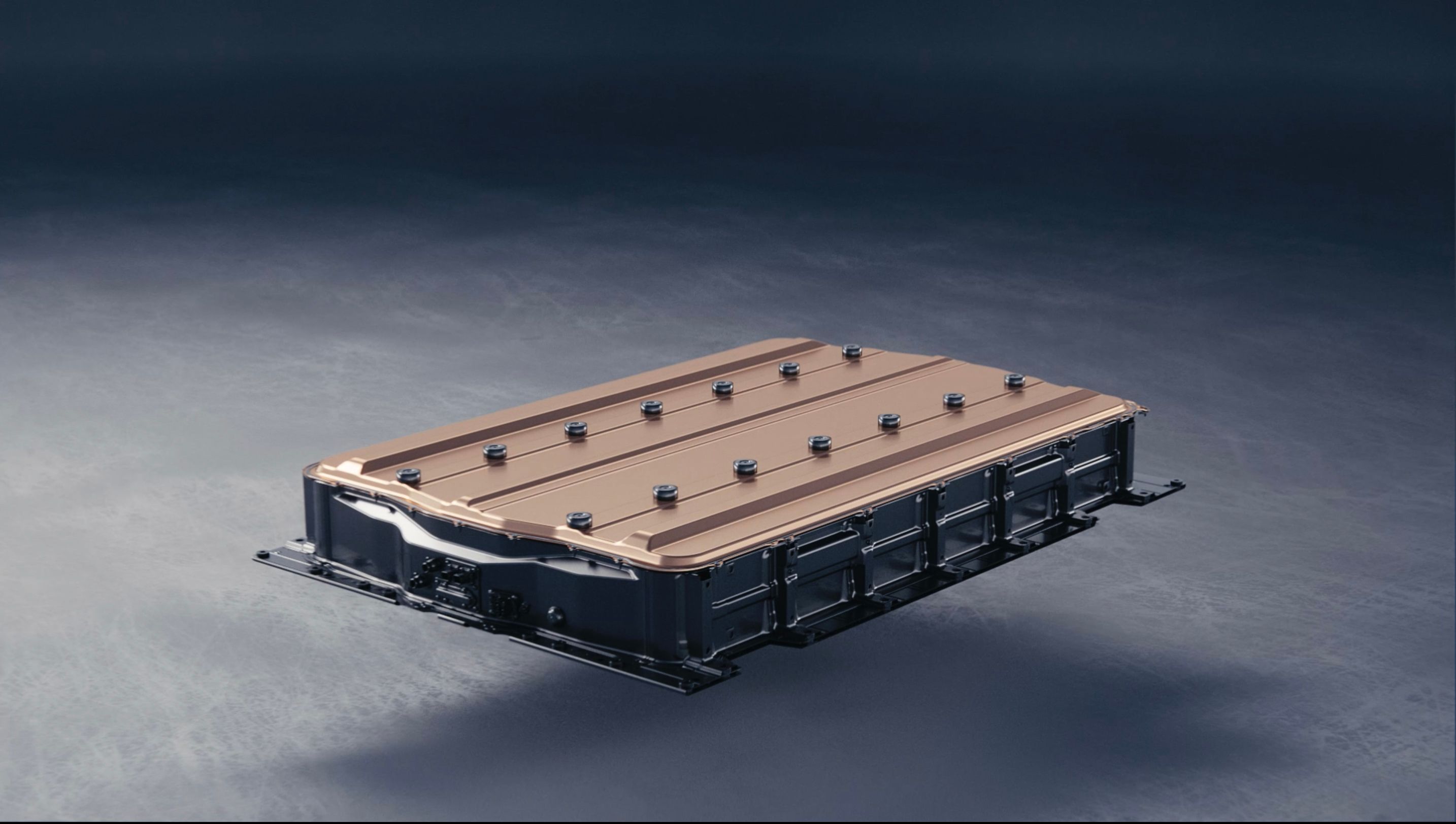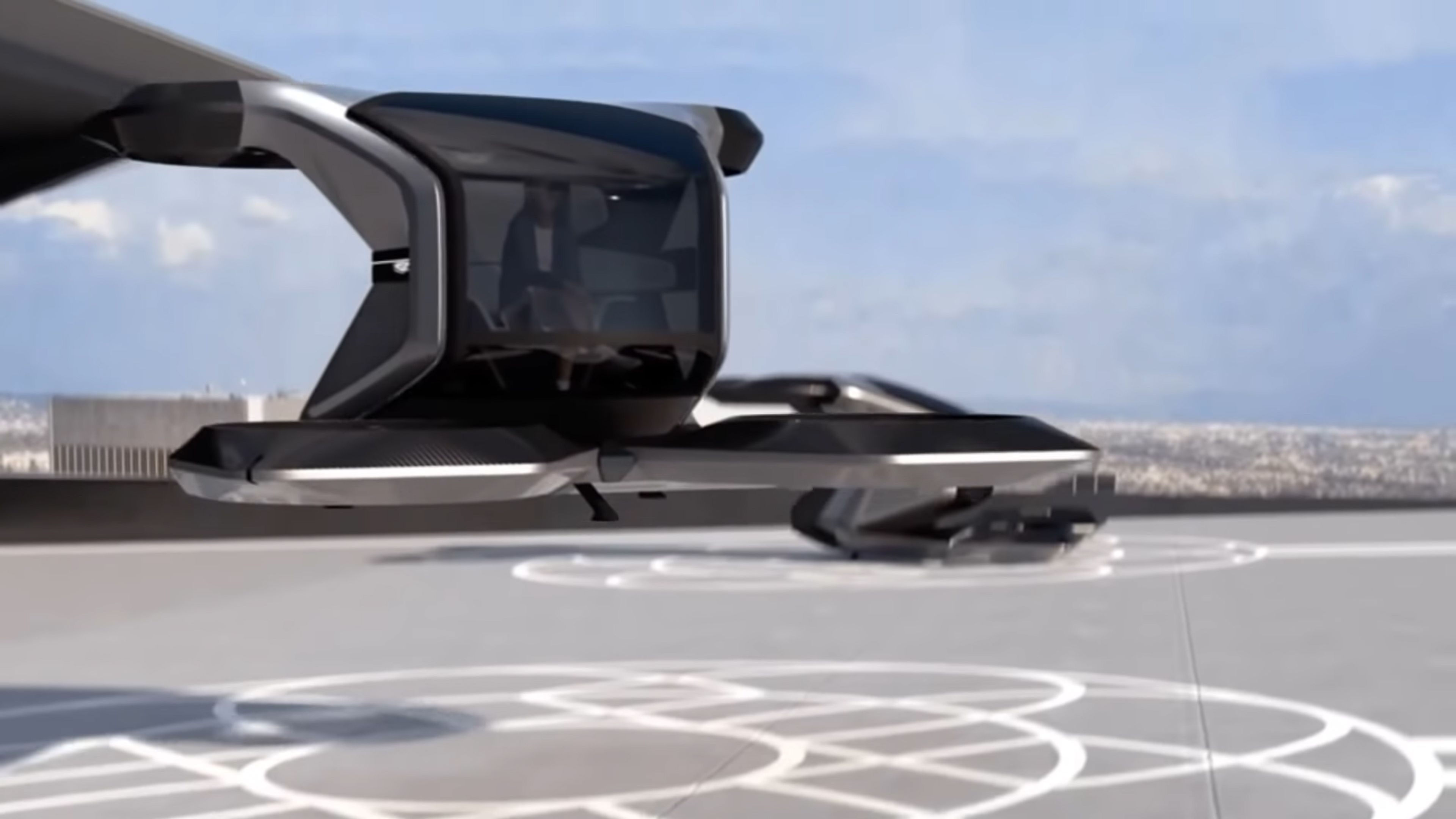Despite not being as flashy as previous editions, this year's Consumer Electronics Show aka CES still spawned some rad, futuristic concepts that, unfortunately, have every chance in the world of being nothing more than that.
For example, GM showed two prototypes at CES 2021 - one for land transportation and one for air travel.
The thingamajigs were launched under the Cadillac brand and are bound to raise some eyebrows. Not necessarily through audacity - more like in respect to their chances of making it into production.
The first offering is an autonomous vehicle shaped like an egg that's supposed to act as a "social space for a group of friends or family to spend time together on their way to a destination." Those are the words of Michael Simcoe, GM's VP of Global Design, and The Verge reports that the two concepts fall under GM's new Halo Portfolio, although there's not much info to go by at this point.
In essence, the self-driving pod is pretty similar in shape and concept to what we've been promised for some years now as the future of urban mobility. Thousands of such pods connected to a super-brain would take over large cities, allowing passengers to get back the time lost behind the wheel, all in the name of relaxation or productivity.
The second offering is, however, what made us look twice. Basically, you're looking at what these days we call an eVTOL, or electric vertical takeoff and landing aircraft. GM, through the voice of Simcoe, touted it as "the first foray into aerial mobility" which might sound fancy to untrained years. In reality, there's no word on whether GM will go on with the eVTOL's development of whether it will shelve it in the fruitless concepts room.
eVTOLs are not a new trend. Airbus has the Vahana project that wants to take transportation to the skies via electrically-powered flying taxis and Uber dipped its toes into the eVTOL ocean with its Elevate division which also saw Hyundai join in as a partner.
Now, as with any aircraft, a lot of significance falls on reliability. Let's say eVTOLs are indeed going to rise in popularity. No company that builds them can afford not to offer reliable products (see Boeing's troubled 737 Max). In other words, those eVTOLs would have to behave impeccably, even more so a they're supposed to fly from A to B above cities.
In GM's vision, the Cadillac eVTOL (let's call it that for now) would be powered by a 90-kWh electric motor setting in motion four rotors. Ignore that the e-motor seems underpowered and let's assume that GM has the tools to build such a contraption. Our question, however, is this: how can GM guarantee its reliability?
The carmaker could go and find a handful of suitable partners that would ease R&D and production, but as a single entity, GM isn't known for reliable cars. For example, the Cadillac brand came in 21st place in a top put together by Consumer Reports for 2021 that ranked major automotive brands based on their reliability score. What was Cadillac's score? 38. Want more context? The first three places, taken by Mazda, Toyota, and Lexus, saw reliability scores of 83, 74, and 71, respectively. Again, presuming that all the other issues that come with developing and selling an eVTOL are solved and we focus solely on reliability.
Now, ask yourself this: would you ride in an eVTOL built by Cadillac? We certainly wouldn't. On the bright side, this sort of project won't materialize in a day, so maybe five or ten years from now, GM and Cadillac will operate in the higher strata of car reliability. That looks like a good starting point from which to venture into the sky.

